In this free workshop, we will explore the history, theory, and practice of Tibetan uromancy, or urine divination. While rarely discussed and often misunderstood, uromancy is one of the most enigmatic diagnostic techniques in the Tibetan medical tradition, principally used as a method for detecting spirit-based maladies (gdon nad) according to the Four Tantras (Rgyud bzhi). But the full story of this fascinating medical innovation is far more complex, with a history that stretches back to the days of the Tibetan empire, in which it emerged as a novel diagnostic innovation at the crossroads of the ancient world’s great medical traditions.
In this class, Erik Jampa will lead students through some of his own research on this topic, particularly related to the mysterious Lunar King (Zla ba’i rGyal po, Skt. Somaraja), an imperial-era compendium of medical knowledge which served as an important influence on Yuthok Yönten Gönpo’s later Four Tantras. The Lunar King provides the earliest known references to any form of medical urine analysis in Tibet, and notably contains a good deal of often-ignored information on the practice of uromancy. We will take a good look the four chapters on uromancy in this fascinating text, and see what they can teach us about the evolution and development of medical knowledge in Tibet.
Covered in this workshop:
An brief look at the broader the history of urine analysis in Tibet, including the connections between Tibet and the Galenic medical tradition.
Discussion of the uromancy processes discussed in the Lunar King (Zla ba’i rGyal po) and the Four Tantras, including the use of the nine-sector grid, observation of symbolic images, and spirit associations.
Connections between Tibetan uromancy and other Eurasian divinatory and diagnostic systems.
Introduction to the Tibetan category of spirit-illnesses (gdon nad) and their connections with ecological health.
Other prominent systems of uromancy in Tibet, including a special practice received by Yuthok from the dakini-custodian Karmamahendrani (mKha' ‘gro Las kyi dBang mo).

